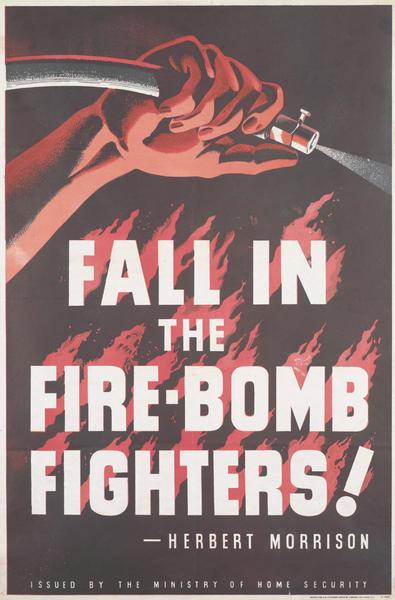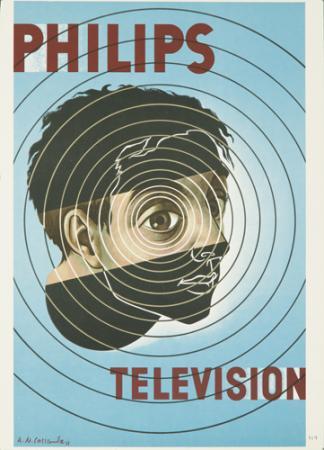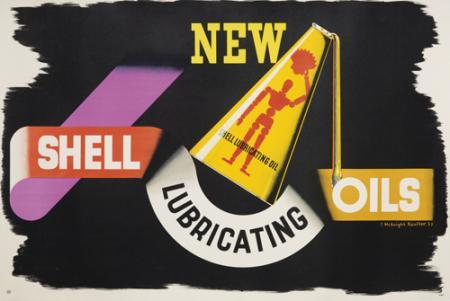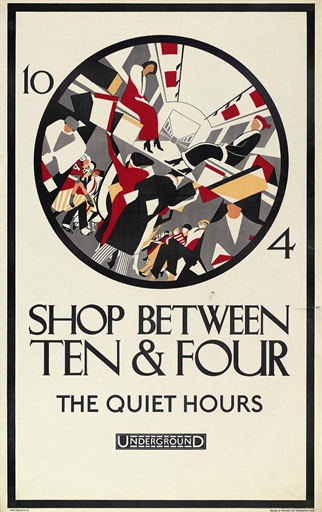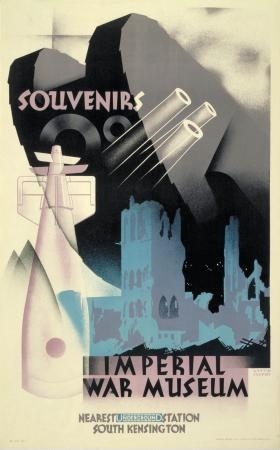Be prepared
Hurrah, an auction. It’s about time we had a nice chunky set of British posters for sale, and it’s Bloomsbury Auctions who are obliging this time, on the 16th February.
Once again, there are incalculable quantities of airline posters. Where do they all come from? I don’t remember them being in auctions a few years ago, and suddenly they are omnipresent.

Lewitt Him, 1948, est £300-500

Lewitt Him, 1950, est. £400-600
Well, there are at least six. Some of them are indeed the usual Lewitt-Him AOA designs, but there are also other designers working for other airlines for a change. This one is by Willy de Majo, who deserves a post all of his own one day.

Willy de Majo, 1948, est. £600-800
My favourite of them all is probably this Schleger design for BEA, which I don’t remember ever having seen before now.
It’s also reminded me that when I wrote about these wide blue skies in the airline posters the other day, I left something out, something I only realised last week when I was thinking about the afterlife of surrealism in graphic design.
Because as well as being a remaking of wartime skies and vapour trails, these clear skies with their spotting of clouds are also the heavens across which surrealist visions drift.
Certainly Schleger’s airline skies aren’t much different to his pre-war dreams; it’s just different kinds of flying I suppose. Maybe it did seem unreal to get to places so quickly, I don’t know.
Apart from the airlines, I can also offer you the undervalued dose of kitsch above, along with a neat Lander and a John Burningham that every household should own.

John Burningham, 1964, est £100-150
Beyond that the posters that most appeal to me are, strangely enough, mostly pre-war. Mind you, who could resist this.
While the idea of ‘J B Priestley’s England’ is one which hasn’t really lasted, making this poster an interesting curio.
These two, meanwhile, are just quaintly likeable.

D M Earnshaw, 1938, est. £100-150

Freda Lingstrom, 1930, est. £200-300
None of which, though, really adds up to much other than some posters which I enjoy but probably won’t buy, along with a couple of interestingly low valuations on one or two lots. I shall be particularly interested to see what happens to the Burningham and Whitley Bay posters when they come up.
There are also a very few posters on offer at Dominic Winter’s auction tomorrow, but they do include one or two interesting wartime and pre-war ones. This Abram Games falls, like so many of his wartime posters, into the category of admirable but I wouldn’t want to have it on my wall.

Abram Games, 1943, est. £300-500
Then there is this McKnight Kauffer ARP poster.

Edward McKnight Kauffer, 1938, est. £200-300
We have a smaller version of this and I was considering it the other day, because it is an odd one.
Although I quite like it as a piece of graphic design (enough to have the air pellet holes removed and get it framed, so a fair bit of like), I’m not sure it’s successful as a poster. But then it does have an almost impossible task to fulfill. The design dates from 1938, so just before the war; it needs to make people aware that there is a need for them to do something, but at the same time it can’t spell out the detail of what might happen and frighten people (“you will all be bombed in your beds and die without ARP, so there”). So it ends up being a bit vague and ineffectual; perhaps they thought that people would have read the papers and would be able to fill in the details themselves, or maybe they just wanted to be woolly at this stage, I don’t know.
Dominic Winter are also selling an ARP poster by Pat Keely in the same sale, and I’m not sure his design is much more convincing.

Pat Keely, 1938, est. £200-300
What do you reckon?













